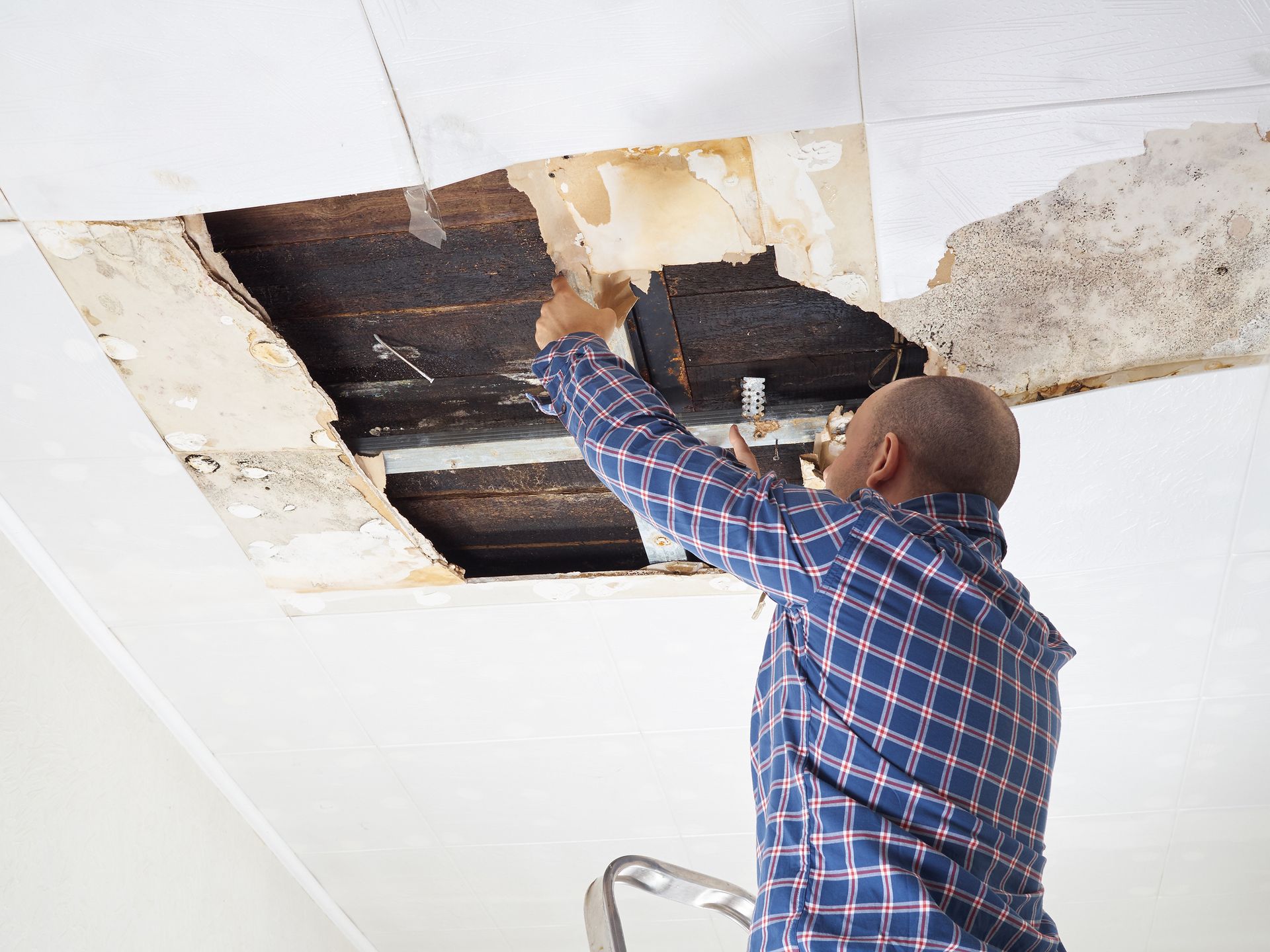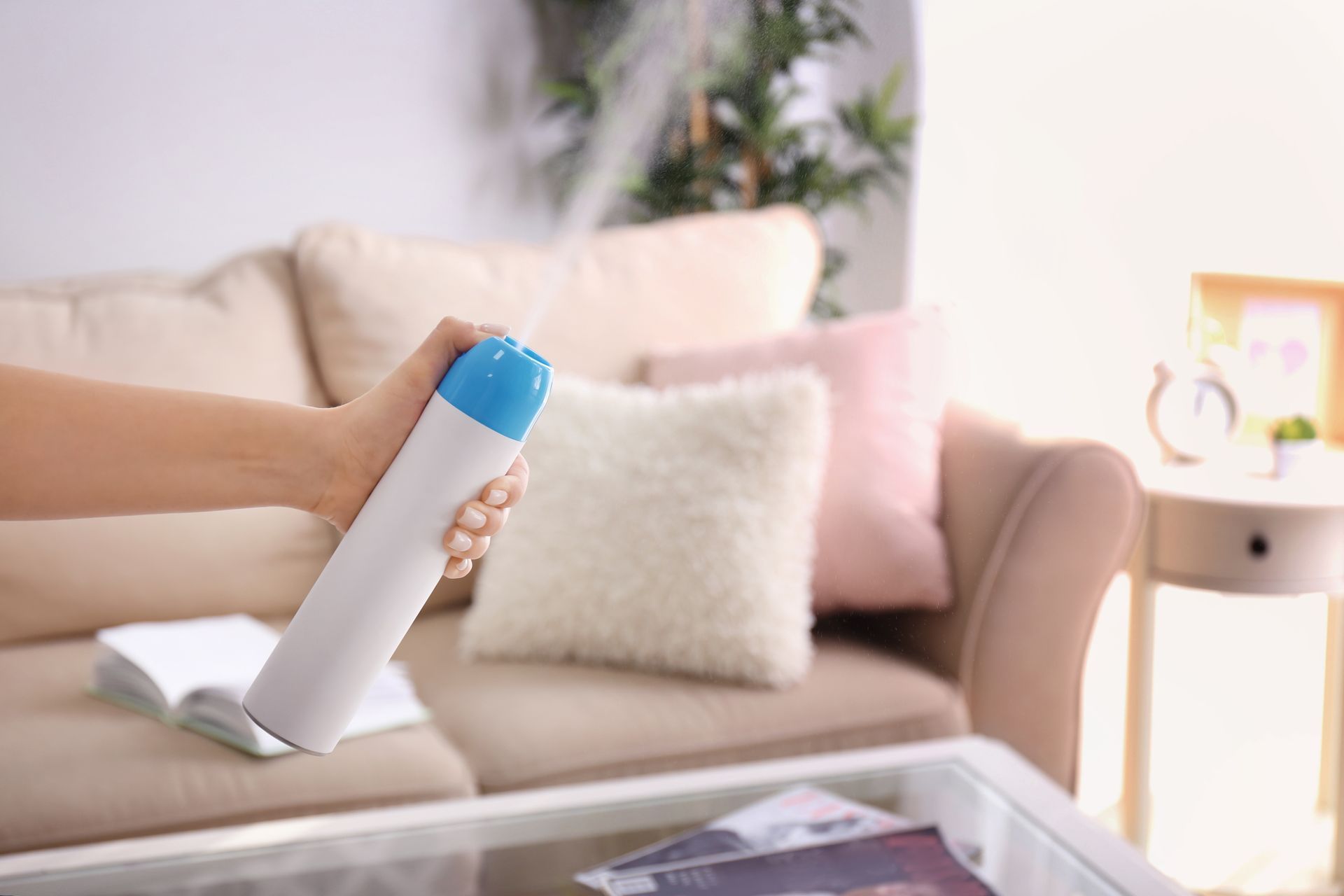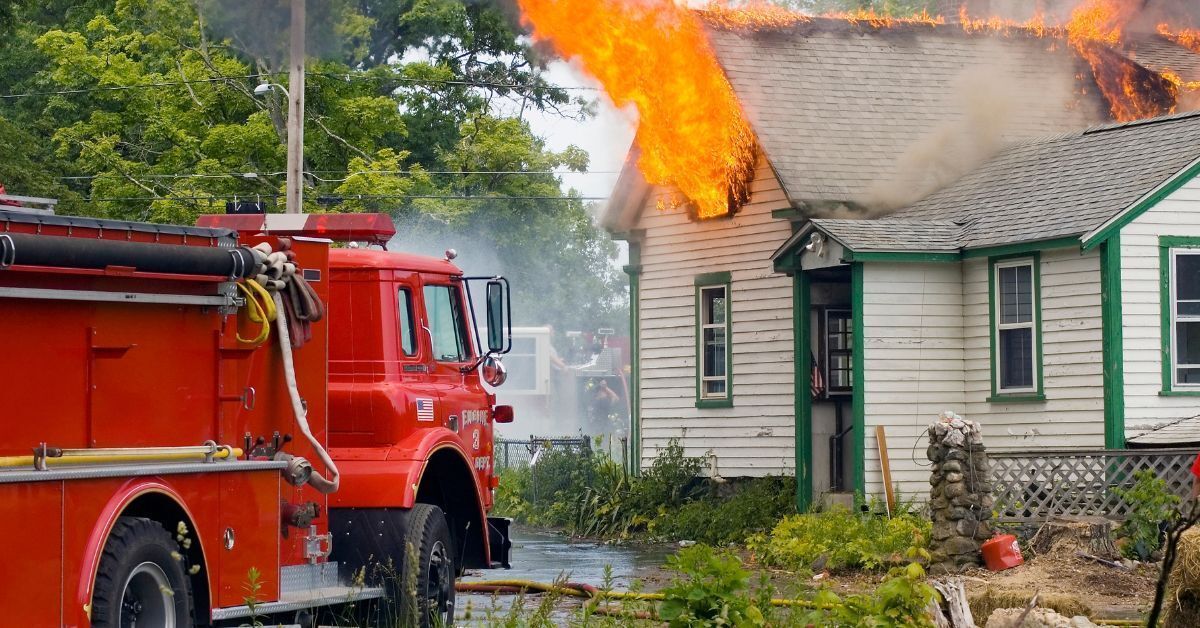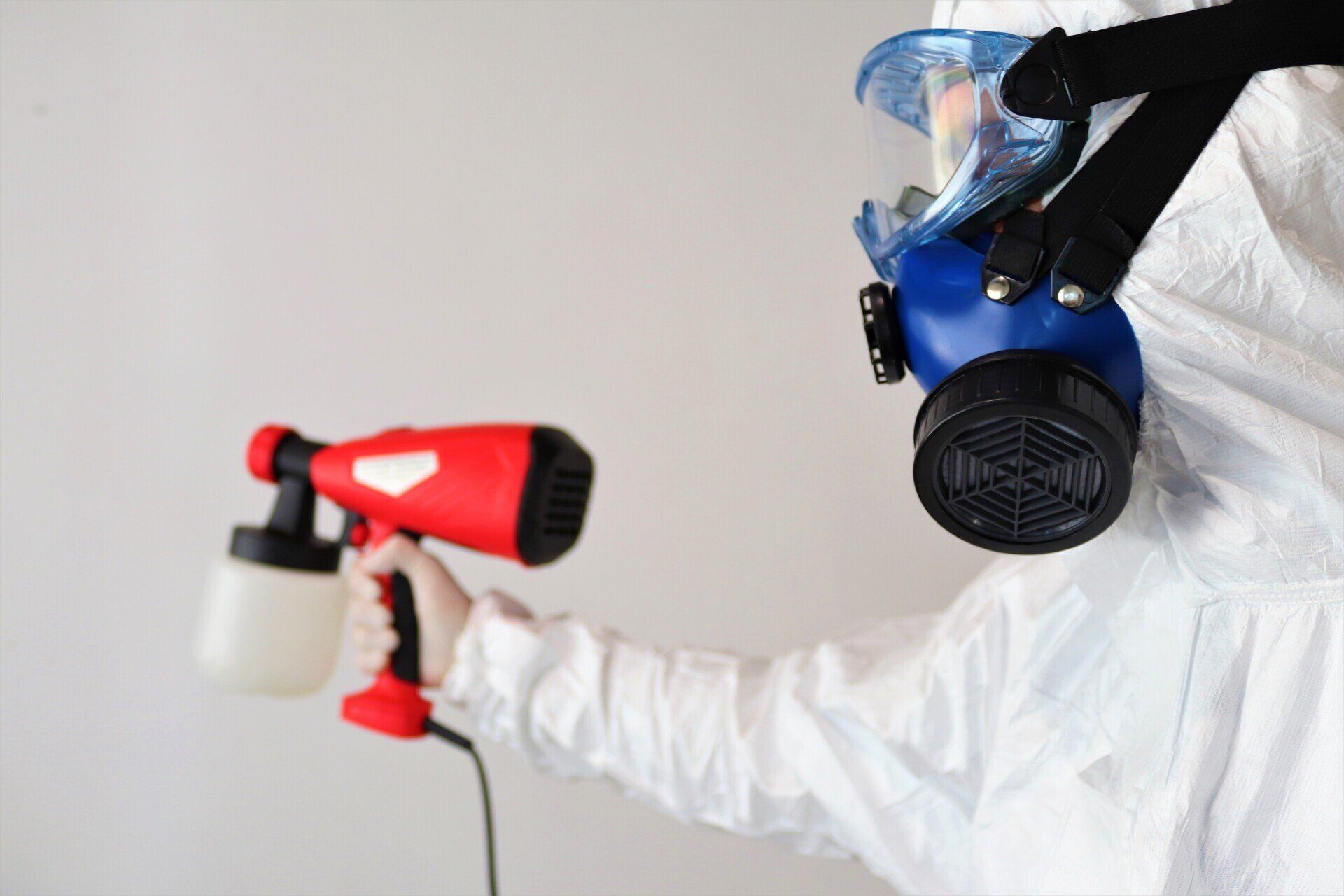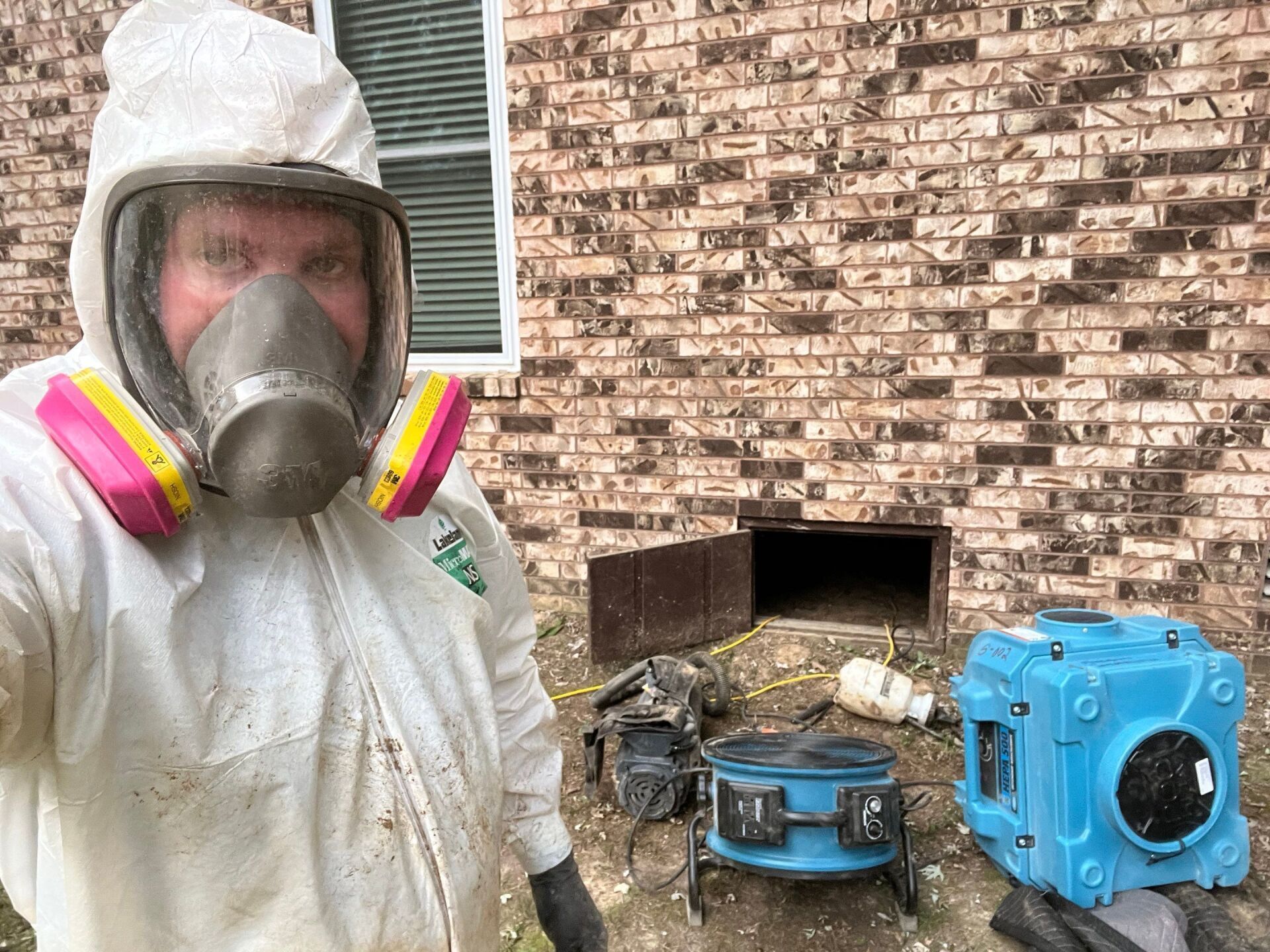5 Steps To Inspect Your Home For Serious Water Damage
Are you worried that water damage could be a hidden issue in your home? It’s important to regularly inspect your house for signs of water damage to avoid costly repairs in the future. Areas that are particularly prone to water damage include attics and basements, so it’s especially important to make sure to check these spots thoroughly. Keep an eye out for visible signs of water damage, including peeling paint, water stains, and discolored walls, as these may indicate an issue with moisture or leaking. Examine the ceiling and walls for any cracks or gaps that could allow water in. Look for water around windows, window frames, and door frames, as well as around air vents and pipes. Check for loose tiles and wet or soggy carpets. If any of these signs of water damage are present, you should investigate further and take the appropriate steps to fix the issue and mitigate the potential damage.
Identifying Water Damage
Water damage can range from minor surface staining to more severe and costly issues, such as the growth of fungi. It is important to be aware of potential warning signs, such as warped floors, peeling paint, or swollen walls. If any of these indicators are present, it is important to act right away as the problem can be identified and addressed quickly. Water damage can cause structural issues, harm furniture and fixtures, and even cause mold and bacteria to form, leading to health risks. Acting swiftly and getting help from a professional can help prevent these more serious conditions.
Common Sources of Water Damage
- Roof: When inspecting a structure or building, it is important to look for signs of leaking, sagging, and rot. Leaking can be identified by water spots, stains, or damp patches on the walls, ceilings, and floors. Sagging may be seen in walls, doors, or roofs that appear to curved or sloping downward in an unnatural way. Rot can be identified by discoloration and flaky patches in wood, as well as soft spots that have started to break down. Additionally, you should also look for general wear and tear, such as cracks in the paint, chipped tiles, and damaged fixtures. Taking note of these signs can help you to identify if a structure is safe or if it needs maintenance and repairs.
- Basement: When you are inspecting a home for signs of water damage, look for water stains on walls or ceilings that may indicate there is a leakage problem. Signs of dampness such as mold, mildew, and musty odors can also point towards a water issue. Pay close attention to the condition of windows, doors, and their seals, as they can easily let in exterior moisture. Look around areas where pipes enter the walls, and note any possible cracks in the foundation. Finally, check the attic and basement for signs of roof or ceiling leaks, and make sure any drain systems are in good condition.
- Pipes: It is important to periodically check your pipes and faucets for signs of overflow, corrosion, and leaking. Look for rusting around pipe joints, drips or pools of water around the area, and any strange or unpleasant odors. If you notice any of these signs, then it is best to contact a plumbing service to repair or replace the pipe or faucet. Additionally, take precautions to prevent corrosion and leaking. Make sure to change the water filter if your fixtures have one, and inspect the pipe regularly for any damage or leaks. Lastly, do not ignore seemingly small signs of water leakage, as these can quickly cause costly damage in your home.
- Appliances: When checking appliances such as refrigerators and water heaters for signs of rust or corrosion, it is important to look for any discoloration or peeling of the appliance's surface. Additionally, look for any signs of rust on hinges, screws and other moving parts. Any leaks or dampness around the base of the appliance should be further inspected for signs of rust. Lastly, be sure to check for any strange odors which may indicate burning of metal which often accompanies rust.
Inspecting your home for water damage is an essential task to guarantee that all parts of your home are functional and undamaged. It is best to thoroughly check all common areas, as well as any hidden places, as these are more likely to be vulnerable. If there are any clues of water damage such as water stains, moisture damage, or discoloration, it would be best to consult with a specialist in order to correctly deal with the damage before it worsens and becomes costly. The professional will be able to assess the extent of the damage, recommend preventative measures, and make the necessary repairs to stop it from becoming a bigger issue.
Area Served: Centerton
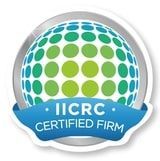
Copyright © 2024 FREEDOM RESTORATION SERVICES - Bentonville, AR - All Rights Reserved.

